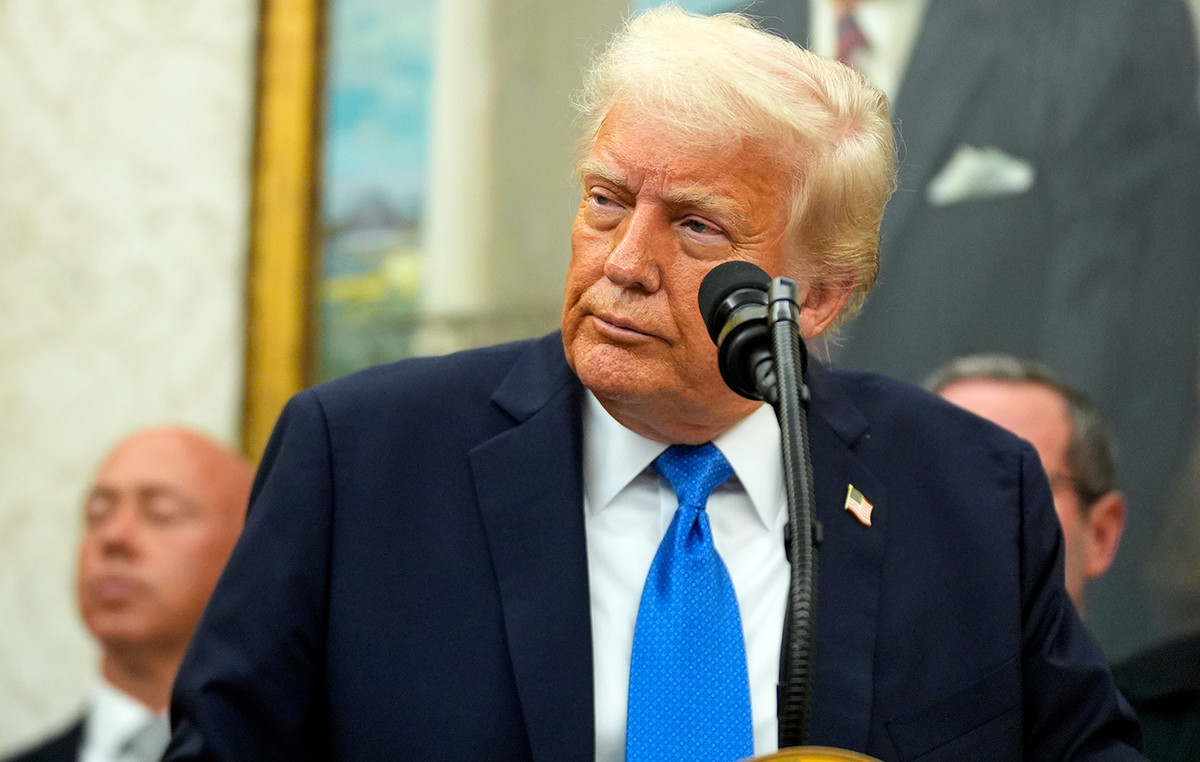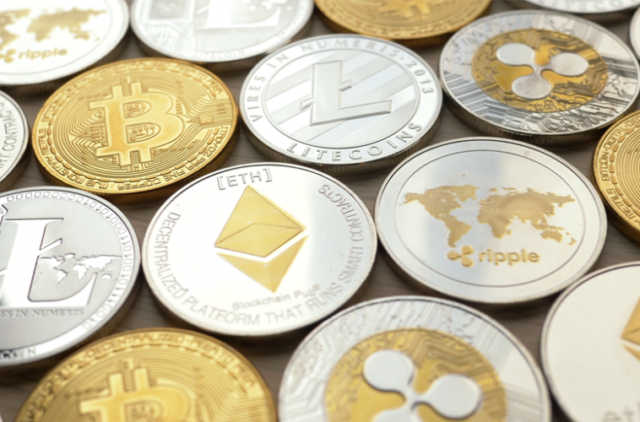- The DXY index rose to 104.60 and then stabilized at 104.30.
- The BLS released higher-than-expected March NFP employment numbers.
- US Treasury yields soared following the release of jobs data.
The US Dollar Index (DXY) is currently trading at 104.30, paring Friday's strong initial gains following the surprising advance in Non-Farm Payrolls (NFP) numbers. The strength of the labor market, underlined by better-than-expected March NFP, consolidates the bullish outlook for the Dollar. That said, the odds of a June rate cut by the Federal Reserve (Fed) remain high and steady.
US economic data will continue to guide the timing of the Fed's easing cycle, with consensus still pointing to a June start. Next week, markets will be attentive to the Consumer Price Index (CPI) figures for March.
Daily summary of market movements: DXY soars as labor market data beats expectations
- The US Bureau of Labor Statistics (BLS) announced an increase of 303,000 jobs in March, which far exceeded the 200,000 expected.
- February NFP's previous growth of 275,000 was revised down to 200,000.
- The unemployment rate fell slightly from 3.9% to 3.8%.
- The labor force participation rate increased slightly from 62.5% to 62.7%.
- The annual rate of wage inflation, illustrated by average hourly earnings, was adjusted downward to 4.1%, in line with forecasts.
- Regarding the Fed's stance, its officials advise patience before lowering rates, which represents a slight strengthening for the dollar.
- Despite this, the market continues to project a rate cut in June with a probability of around 70%, followed by a total relaxation of approximately 75 basis points this year.
- US Treasury yields are rising, with the 2-year yield at 4.70%, the 5-year yield at 4.35%, and the 10-year yield at 4.36%.
DXY Technical Analysis: DXY Manifests Bullish Momentum Dominance in Short-Term Outlook
As reflected by the indicators on the daily chart, the DXY is showing a positive slope with a favorable bias in the Relative Strength Index (RSI). Currently, the RSI exhibits a positive slope in positive territory, reflecting the dominance of the bullish force over the selling pressure in the immediate scenario. For its part, the moving average convergence divergence (MACD), despite presenting flat green bars, continues to support the bullish outlook.
Furthermore, the position of the index with respect to its simple moving averages (SMA) further corroborates this statement. The DXY's positioning above the 20-day, 100-day, and 200-day SMA suggests that the bulls are asserting control. As long as the index remains above these levels, buyers have reason to remain optimistic.
US Dollar FAQ
What is the US Dollar?
The United States Dollar (USD) is the official currency of the United States of America, and the “de facto” currency of a significant number of other countries where it is in circulation alongside local banknotes. According to 2022 data, it is the most traded currency in the world, with more than 88% of all global currency exchange operations, equivalent to an average of $6.6 trillion in daily transactions.
After World War II, the USD took over from the pound sterling as the world's reserve currency.
How do the decisions of the Federal Reserve affect the Dollar?
The single most important factor influencing the value of the US Dollar is monetary policy, which is determined by the Federal Reserve (Fed). The Fed has two mandates: achieve price stability (control inflation) and promote full employment. Your main tool to achieve these two objectives is to adjust interest rates.
When prices rise too quickly and inflation exceeds the 2% target set by the Fed, the Fed raises rates, which favors the price of the dollar. When Inflation falls below 2% or the unemployment rate is too high, the Fed can lower interest rates, which weighs on the Dollar.
What is Quantitative Easing and how does it influence the Dollar?
In extreme situations, the Federal Reserve can also print more dollars and enact quantitative easing (QE). QE is the process by which the Fed substantially increases the flow of credit into a clogged financial system. This is an unconventional policy measure used when credit has dried up because banks do not lend to each other (for fear of counterparty default). It is a last resort when a simple lowering of interest rates is unlikely to achieve the necessary result. It was the Fed's weapon of choice to combat the credit crunch that occurred during the Great Financial Crisis of 2008. It involves the Fed printing more dollars and using them to buy US government bonds, primarily from financial institutions. QE usually leads to a weakening of the US Dollar.
What is quantitative tightening and how does it influence the US dollar?
Quantitative tightening (QT) is the reverse process by which the Federal Reserve stops purchasing bonds from financial institutions and does not reinvest the principal of maturing portfolio securities in new purchases. It is usually positive for the US dollar.
Source: Fx Street
I am Joshua Winder, a senior-level journalist and editor at World Stock Market. I specialize in covering news related to the stock market and economic trends. With more than 8 years of experience in this field, I have become an expert in financial reporting.







